Review TP-Link Archer Mr400-Two-Band Wi-Fi Router with A Built-in LTE Modem
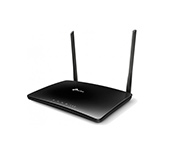
TP-Link’s line of routers already has several models with SIM-card support (with built-in 3G/4G LTE modem). This is not counting mobile routers. The TL-MR6400 model, which I’ve already written about, the Archer MR400, which will be discussed in this article, and the Archer MR200. All these routers are almost identical in appearance, but they differ a bit in their features and capabilities. Their common and main feature is a built-in 3G/4G LTE modem and a SIM-card slot.
We take TP-Link Archer MR400, insert a SIM-card of any operator, plug the router into the socket and in a minute we get access to the Internet on all our devices. Despite the fact that the Internet connection is wireless, the speed is quite decent. Of course, the speed mainly depends on the signal level of 3G/4G network and the load of the base station of the operator. But this speed is quite enough for comfortable work in the Internet on several devices at the same time. And even for comfortable watching online videos. Of course, it makes sense to install and use TP-Link Archer MR400 router in places where there is no wired Internet connection. This is not only villages (where there is no wired Internet most of the time), but also country private houses, summer houses (where there is usually no sense to run cable Internet, even if there is such an opportunity), some small enterprises, warehouses, production facilities, etc. For example, for organizing video surveillance at the objects where there is no possibility to run a cable.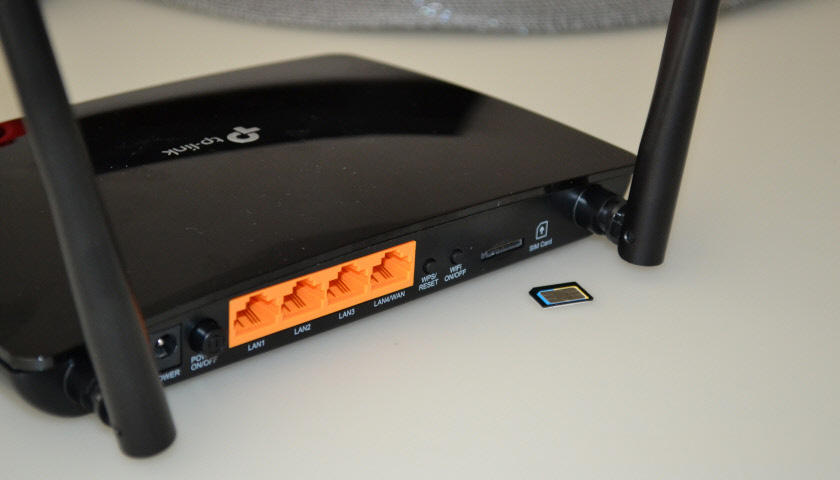
Archer MR400 can also be connected to cable Internet. It can work not only with SIM-card. After switching the router to “Wireless Router Mode”, the port that is signed as LAN/WAN works as a WAN-port, to which you can connect a cable from the provider, or a modem. I recommend buying Archer MR400 only for connecting to the Internet via 3G/4G wireless network. Or when you know that in the future you may need the ability to connect a SIM-card. Just for the same money there are many options of other routers, more powerful and functional. Of course, without a built-in modem and SIM card support.
TP-Link Archer MR400 specifications
Wireless network speed in the range of 2.4 GHz up to 300 Mbps. In the 5 GHz band up to 867 Mbps. Archer MR400 V2 (second hardware version) has two external Wi-Fi antennas. They are non-removable. And two internal 4G LTE antennas. And if I’m not mistaken, in Archer MR400 V1 (the first hardware version) 4G antennas were external and removable, and Wi-Fi antennas were built into the router body. This is even better (I mean the first hardware version), as there is an opportunity to connect an external antenna to strengthen the signal reception of the mobile network. This router is claimed to support 3G/4G network of different types.
WAN and LAN ports in this router are not gigabit. The maximum speed of the ports is up to 100 Mbps. There are three LAN and one LAN/WAN port on the router. There is no USB port. But there is 1 slot for Micro SIM card, which not many routers can boast of.
Other characteristics and features:
- Separate buttons to power on and off the router, Wi-Fi network and WPS/Reset button.
- Two modes of operation: 3G/4G-router and wireless router.
- Bandwidth control (QoS) function.
- IPv4 and IPv6 support.
- Guest network (one in 2.4GHz band and one in 5GHz band).
- Compatible with the Tether app. You can configure and control the Archer MR400 through the app from your mobile device.
- Parental Controls.
- View and send SMS messages and USSD commands.
The router has all the necessary functions. It is not difficult to configure and manage the router. The web interface is simple and clear, plus you can access the main settings through the proprietary Tether app. And to connect to the Internet, you just need to insert the SIM card into the slot on the router. It will perform the necessary configuration itself and start distributing internet.
Appearance
TP-Link Archer MR400 comes in an updated package. The box itself has information about the router. However, it is in English.
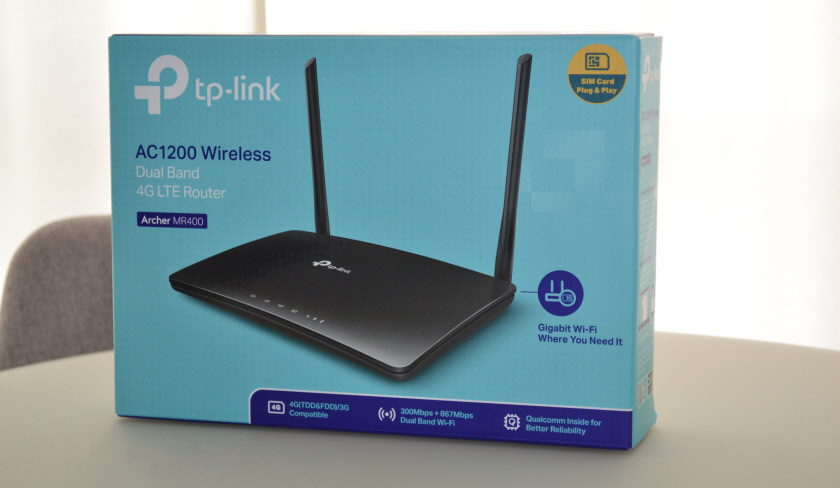
The package is standard. The only thing is that except for the router itself, power adapter, network cable and instructions, there is an adapter from Nano SIM to Micro SIM in the package.

The router itself is small. It is completely black. The front panel is made of glossy plastic. The situation with glossy plastic is standard – beautiful but not practical. The case is covered with fingerprints, dust, and later scratches. The lower part of the case and antennas are made of matte plastic.
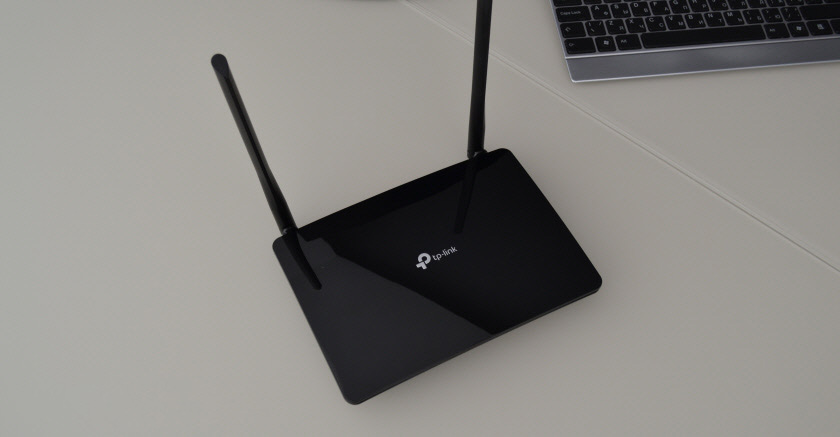
The front panel is diluted by TP-Link logo and indicators, which can be seen only when the router is on.
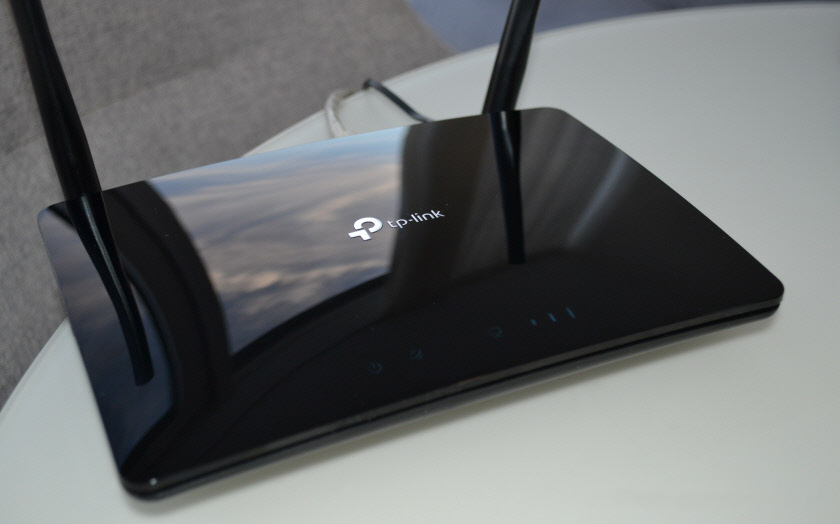
The back panel of the router is fully occupied with buttons and ports. Besides the usual power connector there are 4 LAN-ports (one of them is combined with WAN-port) and a slot for Micro SIM-card . Besides, there is a button for disabling and enabling Wi-Fi network and a WPS/Reset button. And a Power On/Off button.
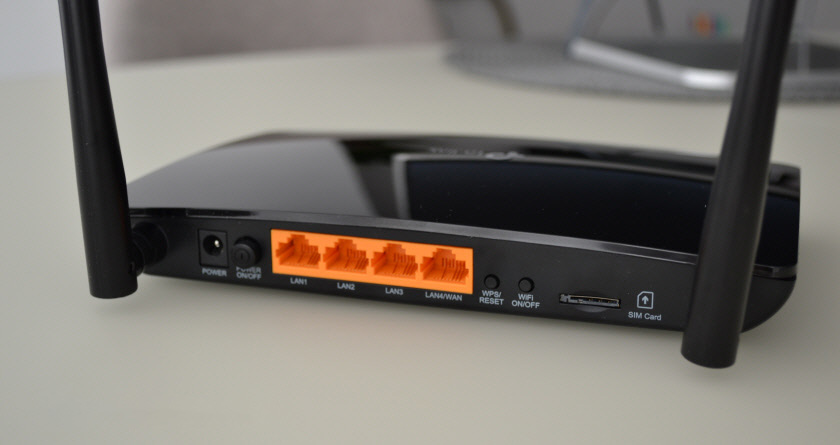
At the bottom and on the blocks there are small holes for cooling the router board. There are also holes where you can hang the router on the wall. Well and a sticker with the necessary factory information. Including the web interface address, factory Wi-Fi network name and password.
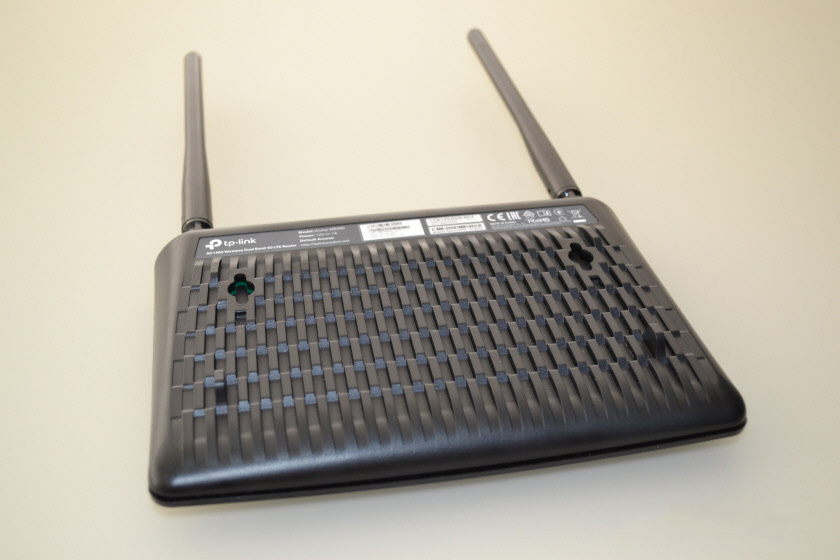
Interior:
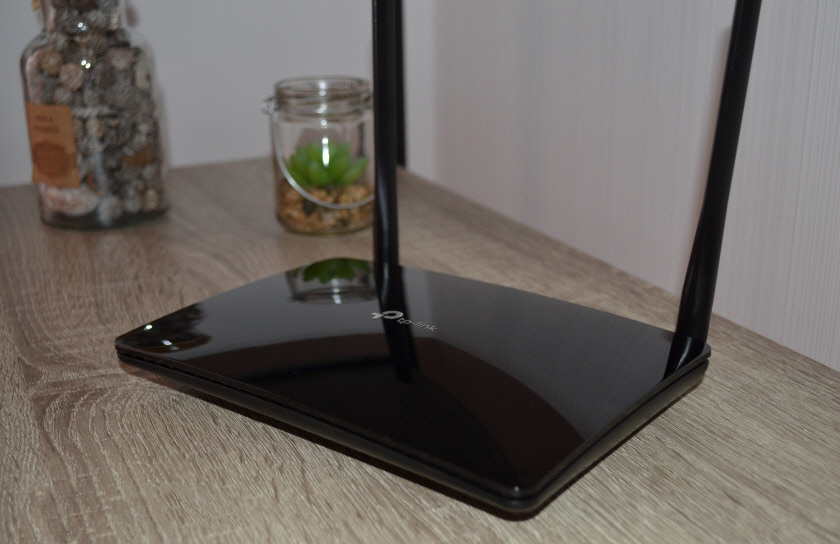
Appearance, assembly, location of controls – everything is excellent in this regard. The router is beautiful and modern. However, it is better not to touch the glossy front panel unnecessarily.
Internet connection speed via 3G/4G network
I measured the speed of connection to the Internet via mobile network. The measurements were made when connecting to the Internet via 3G and 4G network (manually selecting the network in the router settings). But the speed of such connection depends more on the operator itself (base station load, etc.) and the level of mobile network reception than on the router.
In 3G network I had 100% signal level in the web-interface. On the router itself there were three divisions.
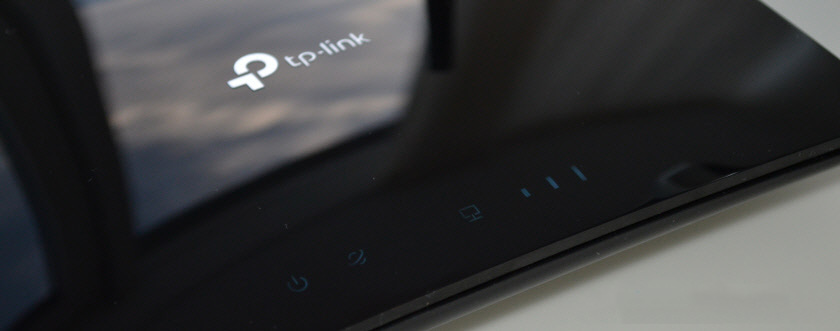
The connection speed over 3G:

At the same time on the iPhone, about the same speed readings (same ISP and same location). And also via 3G, since I haven’t changed the SIM card yet.
Through the 4G network, I got better speeds, even though my signal strength is much worse (25% in the web interface) compared to the 3G network. Only one division of the network was burning on the router. And this is in the center of a big city. Vodafone, well, what’s the deal?
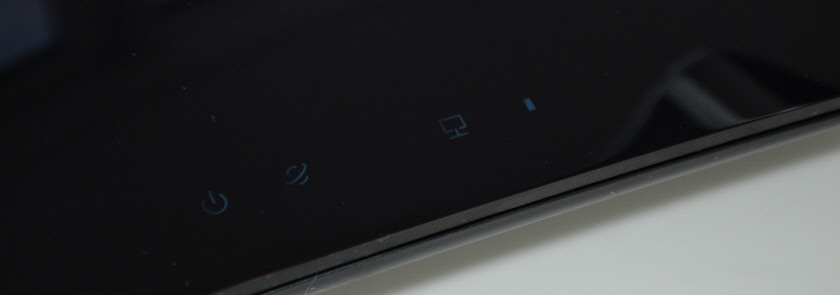
Connection speed:
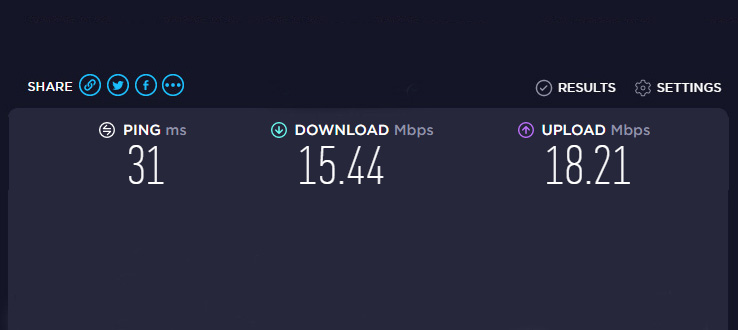
These are the results. I repeat that the speed of connection to the Internet strongly depends on the operator itself and the signal level of the mobile network. Of course, if there is 4G coverage, it is better to use this network. Since even with a weaker signal level, the speed is several times faster.
TP-Link Archer MR400 copes with its tasks completely. It is simply an ideal router for organizing access to the Internet in places where it is not possible to cable Internet. You only need power and 3G/4G mobile network coverage. Very easy to set up. You don’t even have to go into the router settings. It starts distributing the Internet as soon as the SIM card is connected.

 192.168.0.254: Admin/Admin, Entrance, Setting, TP-Link Page sores not open
192.168.0.254: Admin/Admin, Entrance, Setting, TP-Link Page sores not open 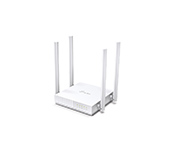 The TP-Link Archer C24 Review is an inexpensive Two-Band Router with Support for the Repiter Mode and Access Points
The TP-Link Archer C24 Review is an inexpensive Two-Band Router with Support for the Repiter Mode and Access Points 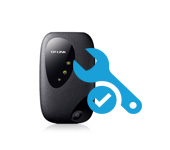 Instructions for setting up mobile router tp-link M5250
Instructions for setting up mobile router tp-link M5250 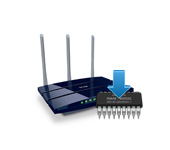 Roter Firmware TP-Link TL-WR1043ND and TP-Link TL-WR1045ND
Roter Firmware TP-Link TL-WR1043ND and TP-Link TL-WR1045ND